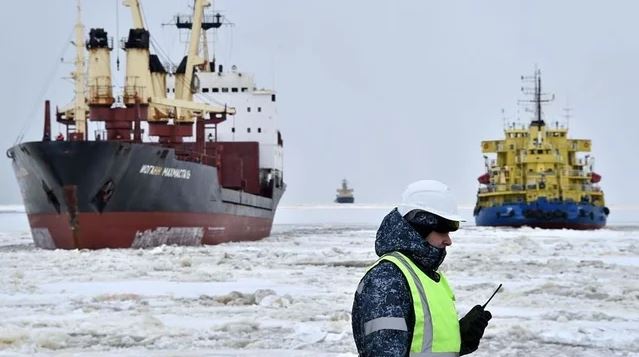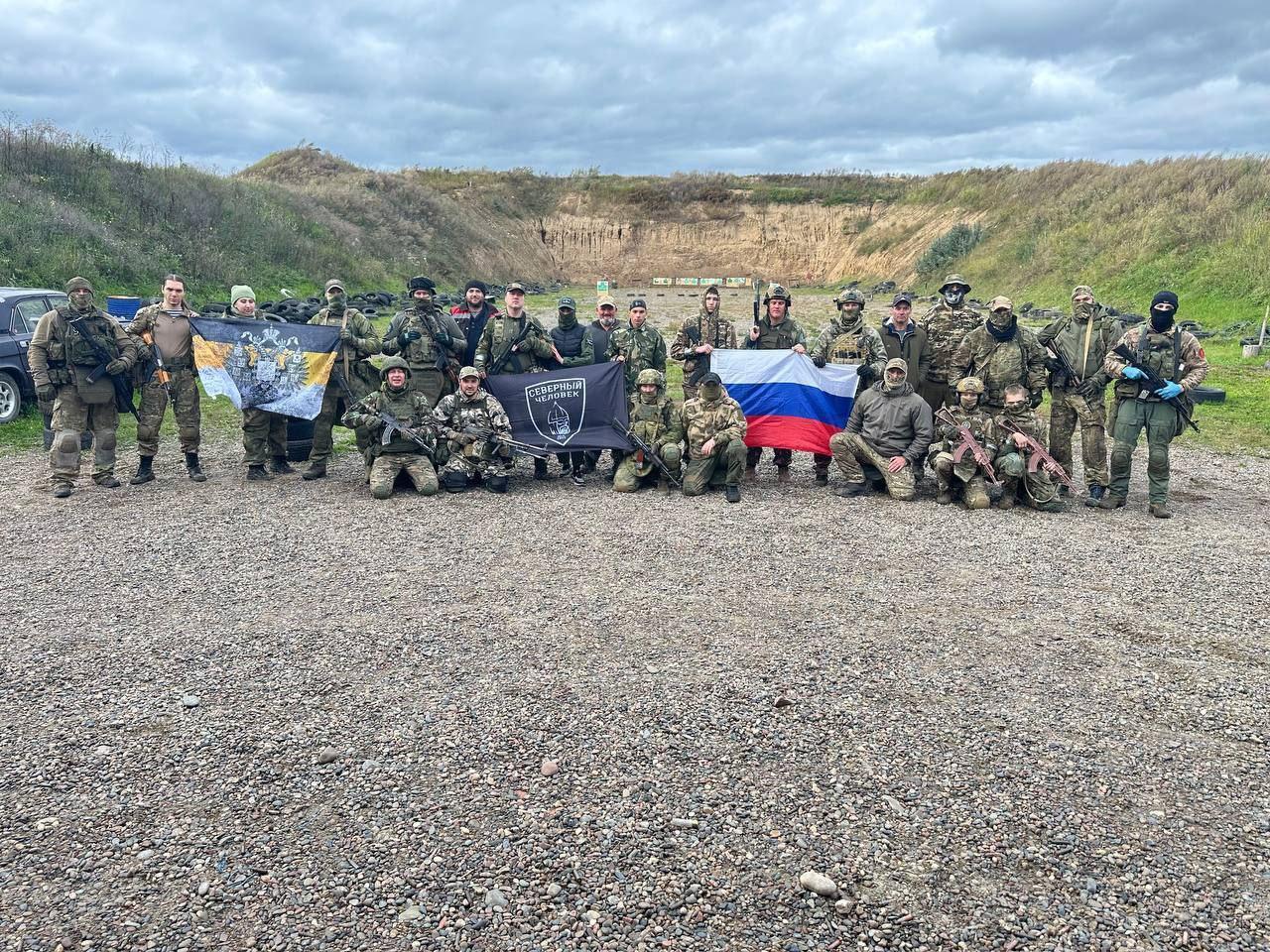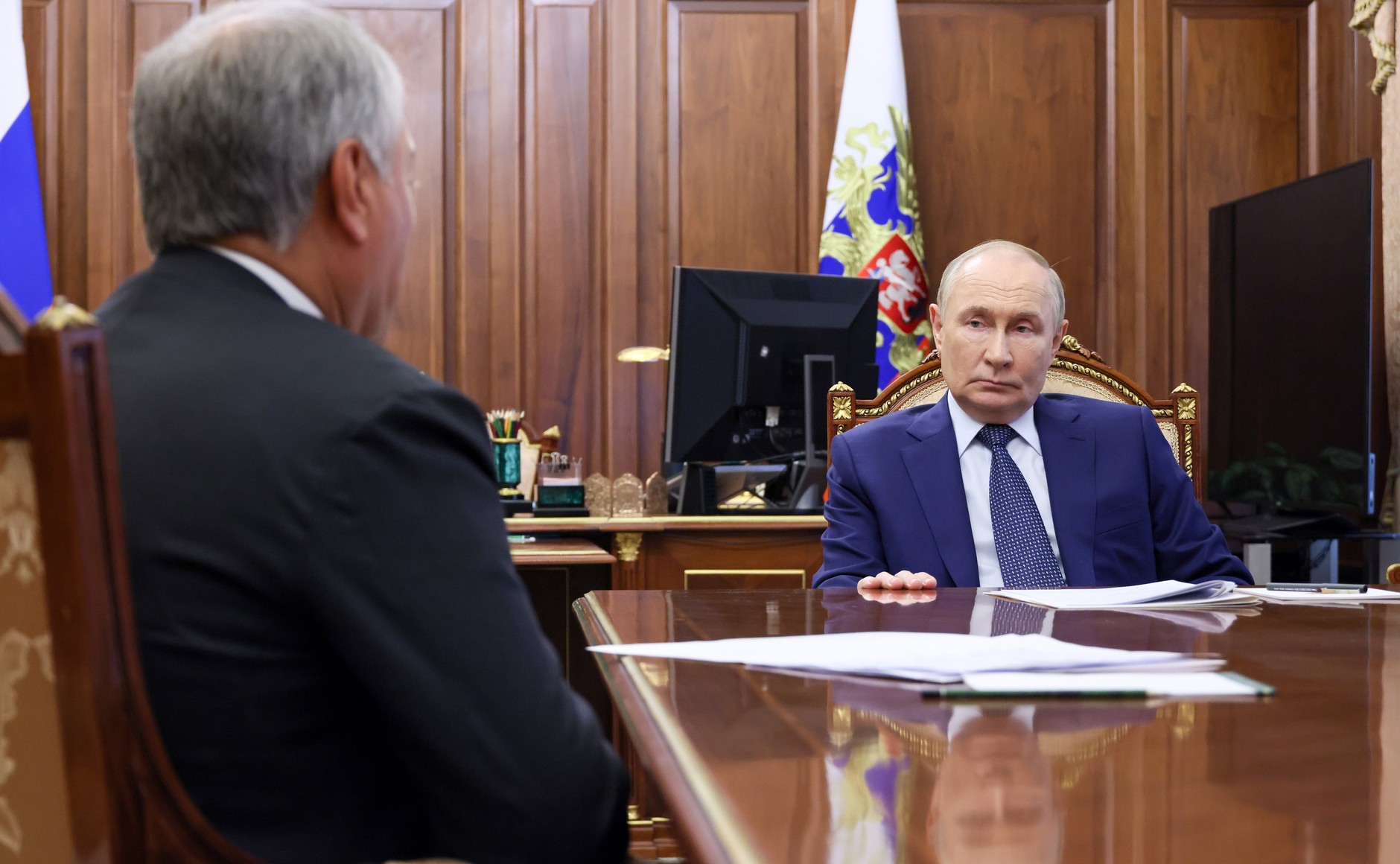
Russia’s New ‘Arctic Offensive’: Do the Benefits Outweigh the Costs? (Part One)
Russia’s New ‘Arctic Offensive’: Do the Benefits Outweigh the Costs? (Part One)
On February 1, Russian Prime Minister Mikhail Mishustin signed a decree approving the launch of six major state-supported investment projects in the Arctic region. According to the document, Russia expects to attract more than 200 billion rubles (approximately $2.7 billion) in outside investments to complete these initiatives. Businesses interested in these projects will be able to count on reimbursement (to be defrayed by the Russian state) of up to 20 percent of their total investment. According to Mishustin, with this decree, the government demonstrates its adherence to the earlier presidential instruction to promote the comprehensive development of the Russian Arctic zone. He stated, “[C]onditions are being established to be able to create more jobs and to make the northern territories a more attractive place to live” (Arctic.ru, February 1).
The document puts forth several essential conditions for participating companies to be eligible for state support (Government.ru, February 1):
- the overall cost of any given project must not be less than 300 million rubles ($4 million);
- the subsidy (allocated by the Russian state) must be covered (through taxation) within ten years; and
- new jobs must be created by launching new businesses or modernizing already existing ones.
The decree also specifies that six large projects must be completed in the region by 2027, with the main emphasis on ones located in Murmansk Oblast, the Novaya Zemlya archipelago and the Taymyr Peninsula (Government.ru, February 1).
Speaking about the economic sustainability of the decree, the head of the Ministry for the Development of the Far East and the Arctic (Minvostokrazvitia), Alexei Chekunkov, stated that private businesses will have to invest ten times more than the Russian government. He also noted that over the next decade, approximately 5,800 new jobs will be created locally, and the region’s expected tax revenues will grow by 42 billion rubles ($569 million). Minister Cherkunov also suggested that “the realization of these initiatives [the six major projects] solves the strategic goals related to the development of local logistics, the modernization of seaport infrastructure, and safeguarding of transportation along the Northern Sea Route [NSR]” (Rossaprimavera.ru, February 3).
Many of these Arctic development initiatives—as well as other steps the Russian government may adopt down the road—are not new by any means. A number of these topics were extensively discussed during the fifth international “Arktika-2020” conference (February 19–20), held in Moscow, which convened representatives of the federal and regional political elite, the corporate sector, as well as science and education (Neftegaz.ru, February 21, 2020). And subsequently some of these ideas were implemented. Specifically, Minvostokrazvitia proposed liberalizing access to Russia’s Arctic shelf area, arguing that both foreign and domestic companies—mainly operating in the realm of oil and natural gas/liquefied natural gas (LNG)—should receive more opportunities to augment their activities in the region. Furthermore, the same ministry started to work on a mechanism (potentially) allowing businesses to lease parts of the Arctic region (Neftegaz.ru, December 11, 2020).
The last such important undertaking prior to the decree signed on February 1, 2021, was the decision of the federal government to partially compensate Russian companies for infrastructure-related (transportation, energy and electricity) construction expenditures that were necessary to begin or to continue their activities in the Arctic region. Importantly, the subsidy can be extended to both completed (already operating) projects as well as ones still under development. According to available data, the Russian side is ready to divert up to 13 billion rubles ($176 million) for this purpose until 2023. As stated in the February government decree, this decision is merely a part of a much broader complex of measures aimed at stimulating socio-economic development of the resource-endowed Arctic region (Neftegaz.ru, December 21, 2020). The decision—combined with a law that facilitates quicker transportation of goods across the Russian Arctic region, via the NSR (Sever-press.ru, February 11, 2021)—represents a solid step forward in turning Russia’s Arctic region into a free economic zone (FEZ). Although it is worth noting that assessments of other FEZs in Russia have been mixed.
Russia’s Arctic policy is predominantly concerned with creating all necessary conditions for the development of the NSR (see EDM, November 19, 2020). The approach, which combines both specific and more general measures, is clearly two pronged. On the one hand, according to the head of Arkhangelsk Oblast, Aleksandr Tsybulskii, the “Arctic territories need to develop as a single macro-region with the help of some sort of a Gosplan [State Planning Committee]” due to the fact that “without taking a more macro-regional approach no success can be achieved” (Gaidarforum.ru, January 15, 2021). But on the other hand, the government is placing an ever more pronounced emphasis on region-specific initiatives. For instance, in Murmansk, the authorities are creating a Ministry for the Development of the Arctic and Economics. According to the local governor, Andrei Chibis, the main goal of this entity is to “not only boost the leading role of Murmansk oblast […] but also to facilitate and streamline the process of attracting investors” (Gov-murman.ru, January 11). This approach is rather innovative and was virtually unheard of in the pre-1991 period of Russian/Soviet history, when the Arctic region was treated as a homogenous entity without much due consideration for sub-regional specificities. Yet despite its strengths, Moscow’s strategy for the High North raises an important point of concern for the long-term cohesiveness of the Russian Federation.
Specifically, it is already apparent that in its approach to the Arctic, the federal center has chosen a handful of “prioritized” regions that will enjoy massive federal support. Prospectively, this might pose a serious challenge if the local elites of neighboring regions—less endowed with strategic natural resources and/or less important for the NSR—feel frustrated at being excluded. Those economically driven tensions could easily transform into political grievances, resulting in sharpening inter-regional rivalries as well as rising centrifugal dynamics across the Russian Arctic.


